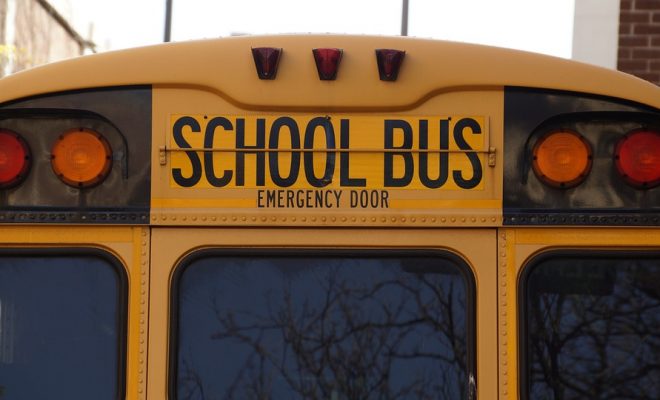To Make it In Edtech, You Have to Understand the Education Sector

The education sector is a complex marketplace, with several subsections. You have the early childhood market, the K-12 market, the higher education market, the continuing education market, etc. If you want to be successful, you must figure out which market or markets your product fits into. If you choose the wrong market, you could be on the short road to financial ruin and bankruptcy.
Even if you choose the correct market, you still must have intimate knowledge of how it works. Unless you come from a teaching background before starting your edtech company, you likely don’t have intimate knowledge of the inner workings of the education system. This lack of experience can make it hard to interact with potential buyers and sell your product. No matter what you offer, the rule is to know your customer.
In the case of K-12, not only does every school district have varied needs but edtech products need to appeal to parents, students, administrators, and school boards. Many edtech companies do not understand who they need to get buy-in from, and so cannot find a way into the classroom. Or they resort to bad deals that involve them paying brides to district administrators to gain entry. Not only is this illegal and unethical; it is also unsustainable.
Another problem is that too often edtech creators do not understand the actual needs of teachers and students, but their perceived needs. They create products that are solving already solved problems and trying to reinvent the wheel. Edtech creators should not be designing products for their reasons but actively figure out what the issues of the modern classroom are and will be. Failure to do this leads to the creation of products that are useless.
If you want to create a product that meets the needs of teachers and students, go directly to them. Develop focus groups around the country that can be used to gather ideas for new products. Teachers and students will have no problem giving you their honest opinion and telling you which products they want and need. All you must do is listen and develop products that respond to those needs.
Hiring a former or current educator as academic liaison is also another way of ensuring that your product meets the needs of students and teachers. Teachers, principals, and district employees understand critical details about your intended client. A few examples of issues your new liaison can circumvent are curricular restrictions, budget cycles and the pressure to justify technology spending. Without prior knowledge of the educational system, you are going to sales meetings blind and hoping to land a whale. However, employing a professional will allow you to see the best ways to approach districts to make the deal.
When you approach school districts with a quality product that solves a problem or issue that they have been dealing with, you don’t have to sell anything; it sells itself. All you must do is follow their new vendor process, present your product to district stakeholders, and close the deal. Why, because they will see you as a godsend that read their mind. Finally, a company that develops products that we need. Do right by the district, and you will have a customer for many years to come. It’s that simple.
What did miss? Leave your thoughts in the comments section below.





